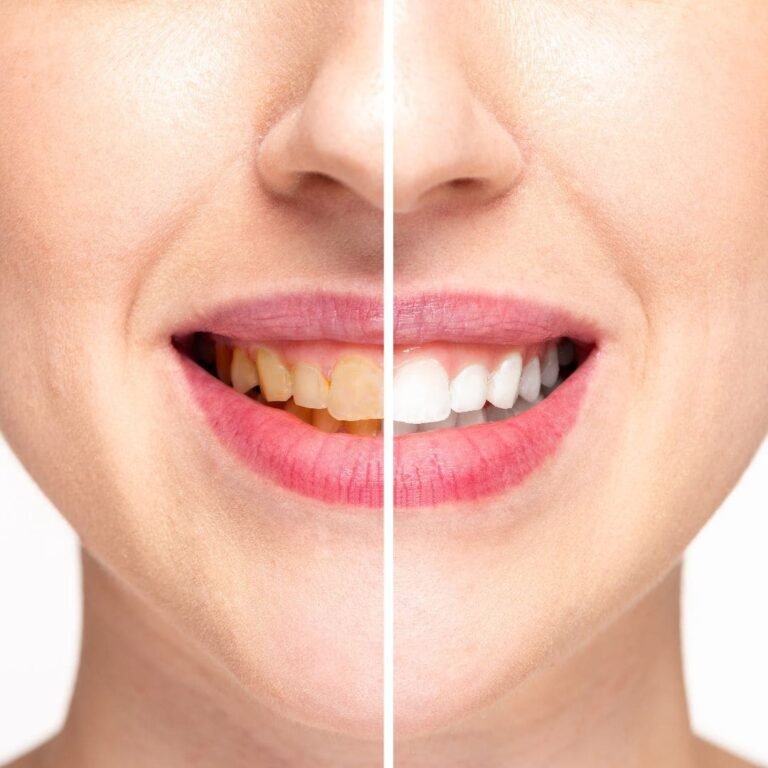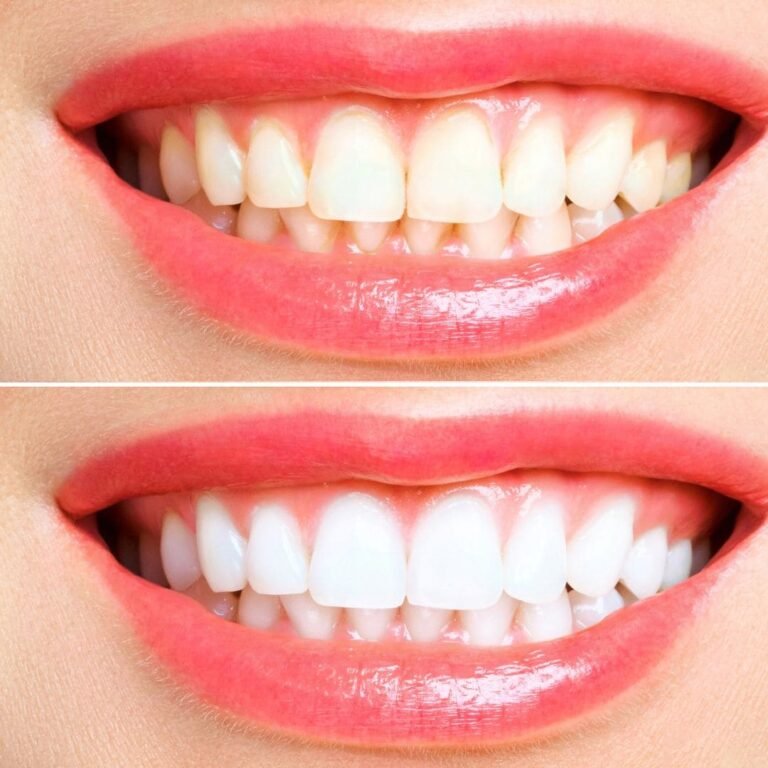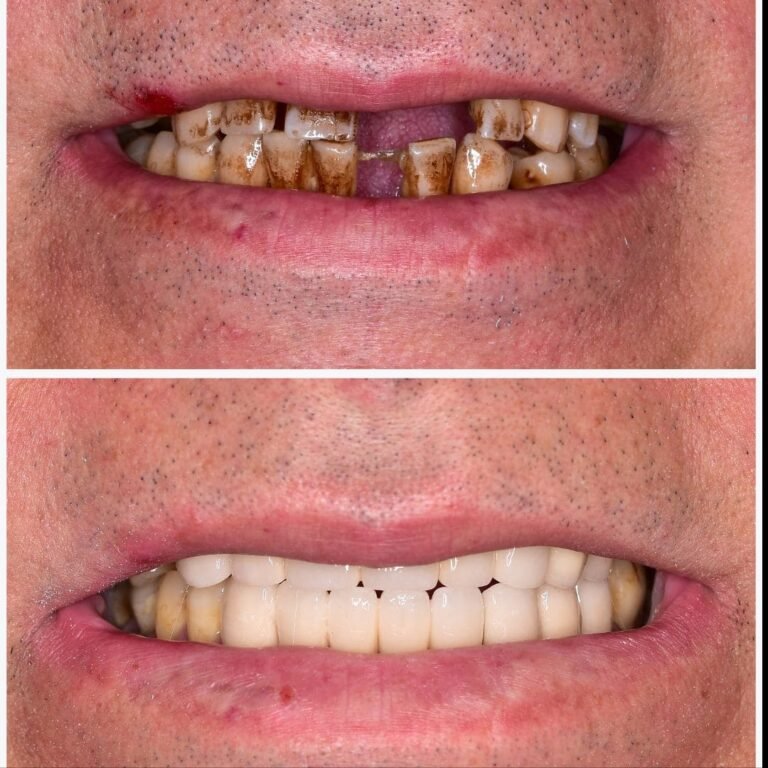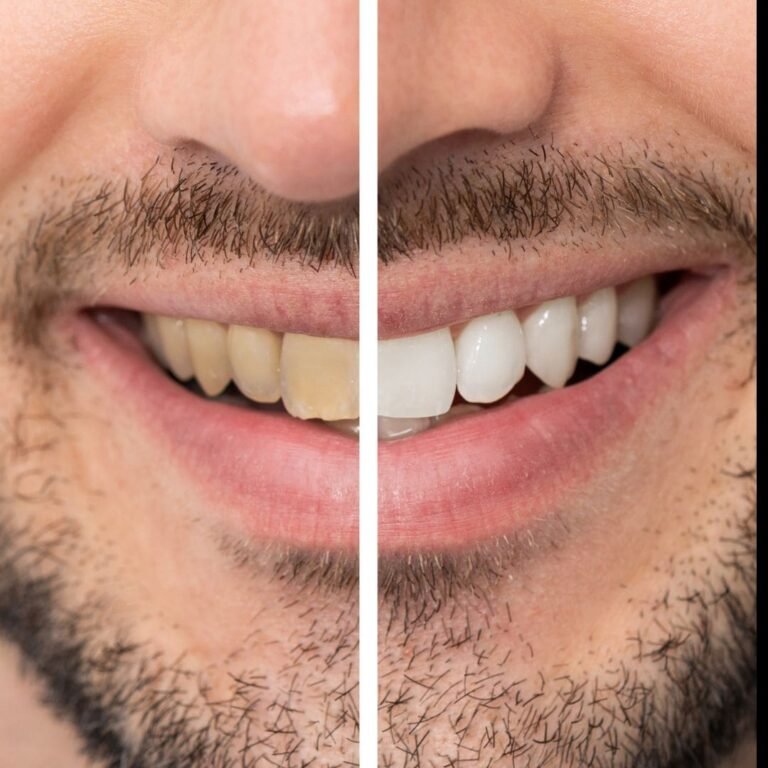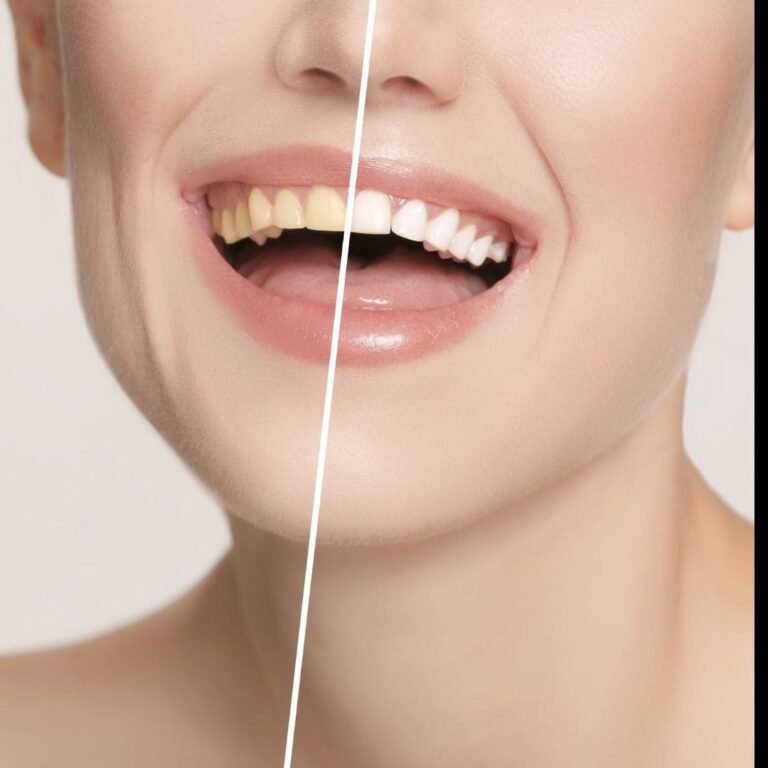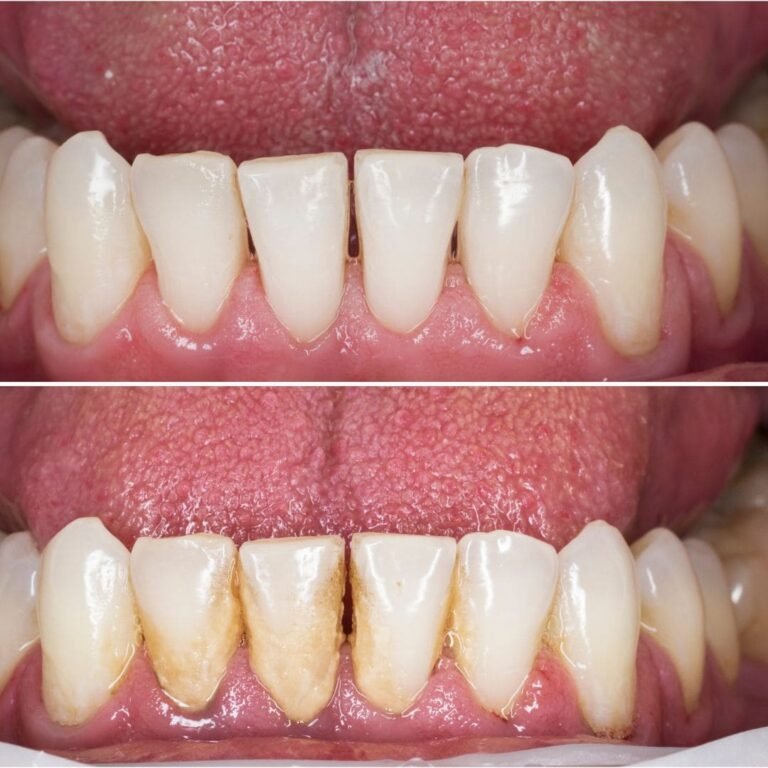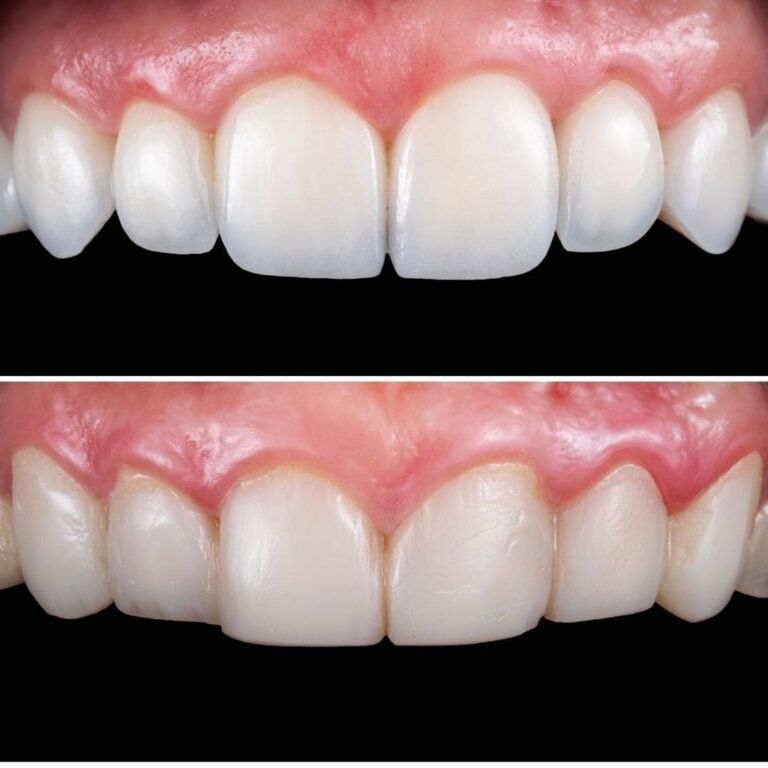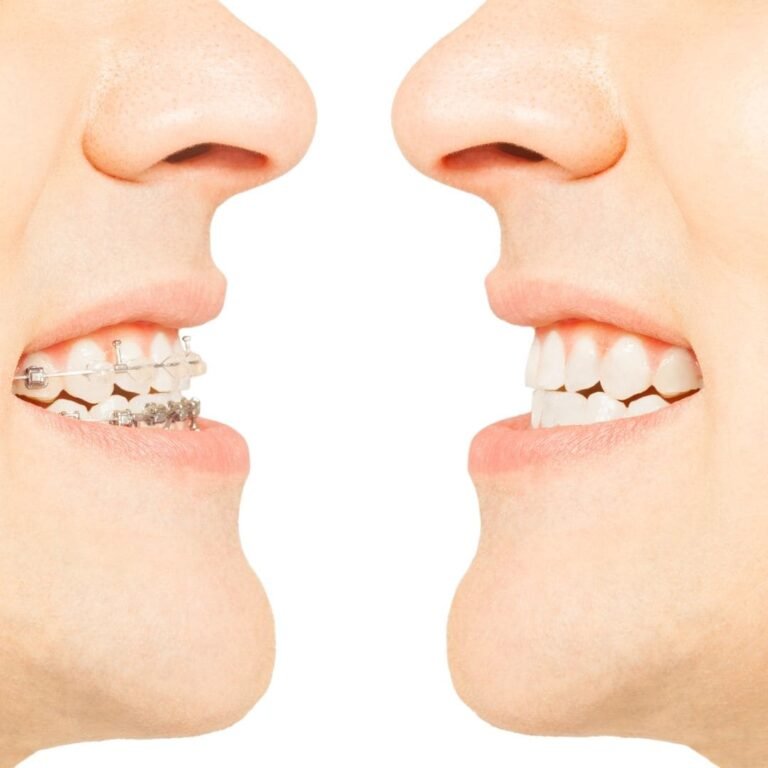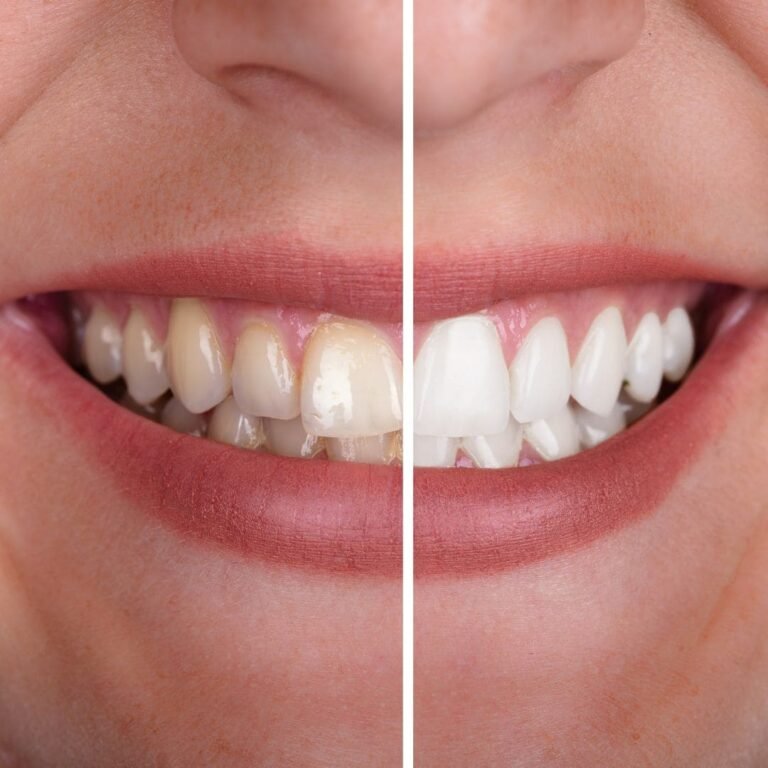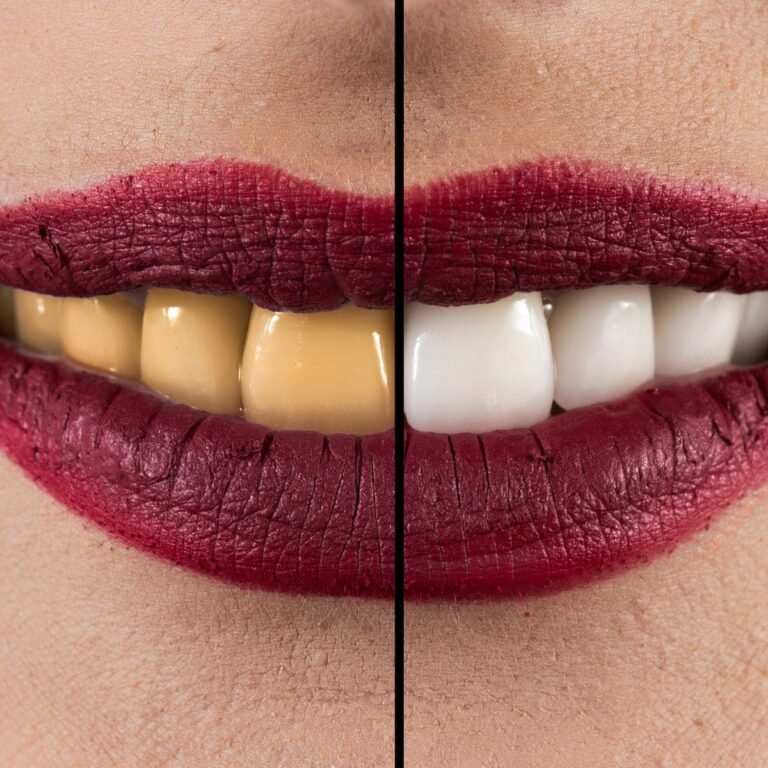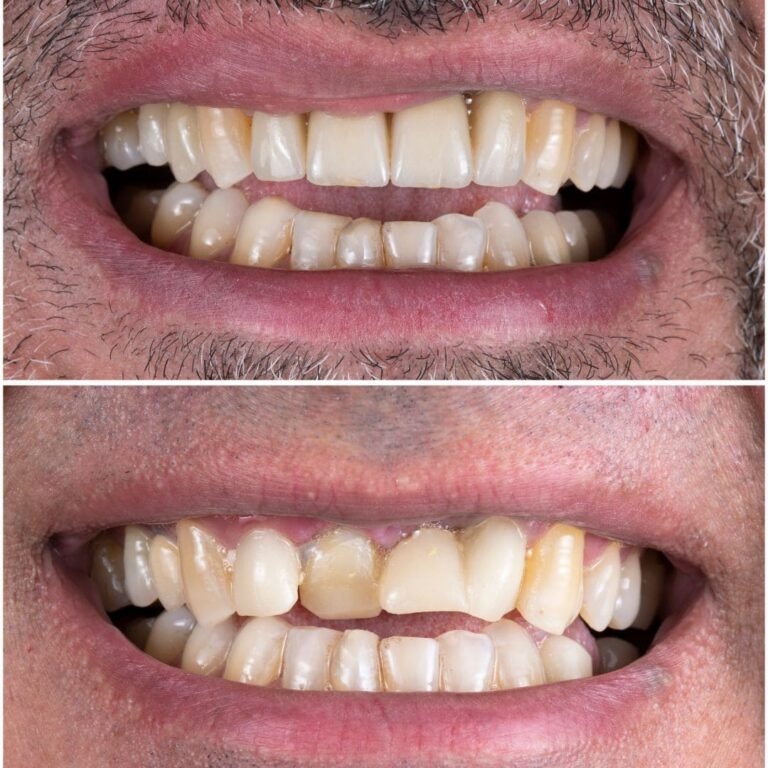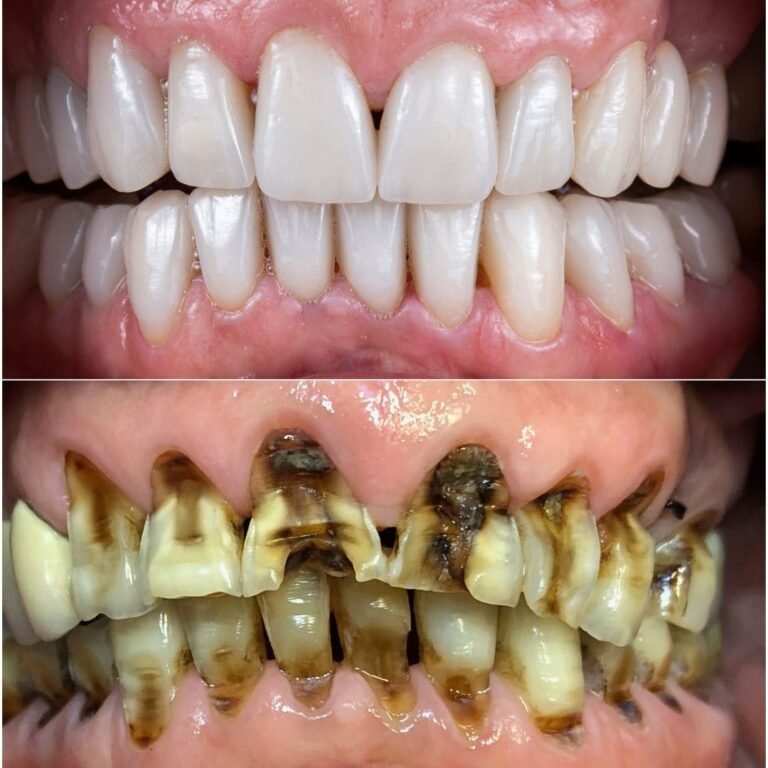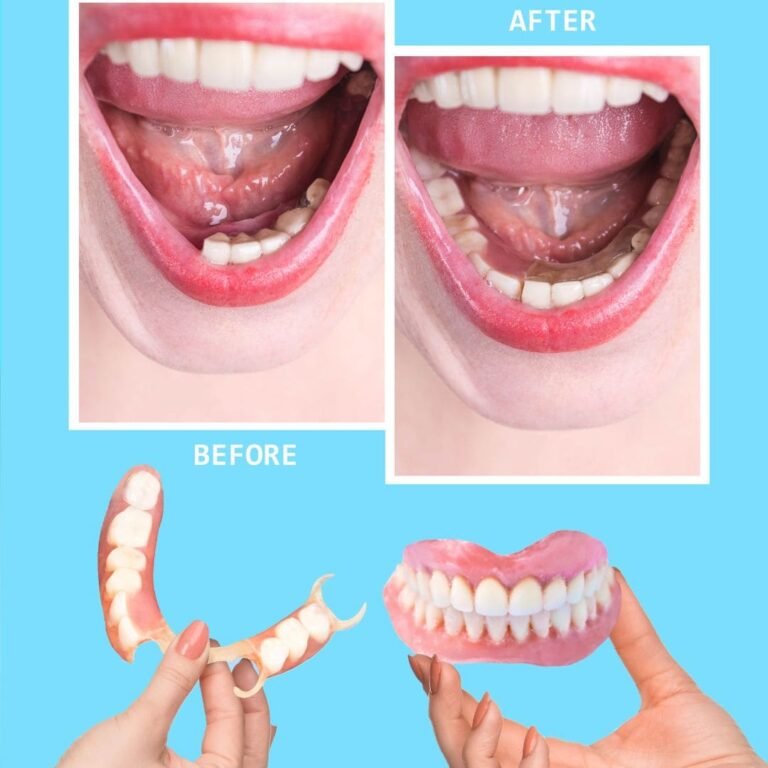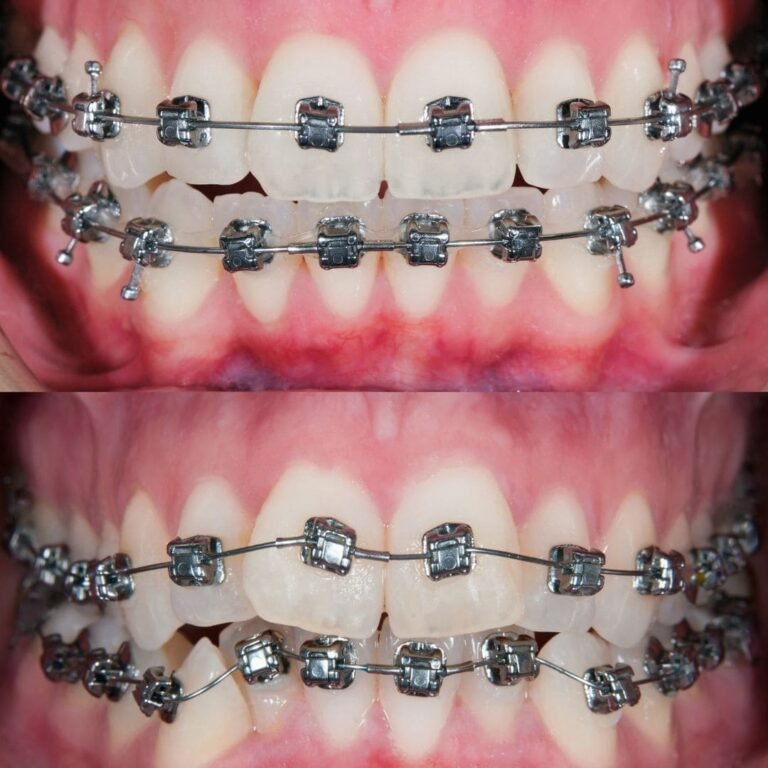What is Periodontal (Gum) Disease?
Ready for a Healthy Smile? Contact Us Today!
Happy Stories
EXCELLENTBased on 40 reviews Trustindex verifies that the original source of the review is Google.
Trustindex verifies that the original source of the review is Google. almario FerrerMay 9, 2024Service is great from setting an appointment, follow ups to the actual dental services. Clinical hospitality of staff to the attending dentist is also beyond compare. I feel, I am at home 🏠.Trustindex verifies that the original source of the review is Google.
almario FerrerMay 9, 2024Service is great from setting an appointment, follow ups to the actual dental services. Clinical hospitality of staff to the attending dentist is also beyond compare. I feel, I am at home 🏠.Trustindex verifies that the original source of the review is Google. b Moritz DesignApril 16, 2024Polite, competent, never make feel bad about not being on top of my dental work in years past. Let’s me know what is happening as a procedure is underway. A big thank you to this office and its employees.Trustindex verifies that the original source of the review is Google.
b Moritz DesignApril 16, 2024Polite, competent, never make feel bad about not being on top of my dental work in years past. Let’s me know what is happening as a procedure is underway. A big thank you to this office and its employees.Trustindex verifies that the original source of the review is Google. claudia barraganApril 11, 2024The staff is friendly and very helpful and Dr. Charu is wonderful.Trustindex verifies that the original source of the review is Google.
claudia barraganApril 11, 2024The staff is friendly and very helpful and Dr. Charu is wonderful.Trustindex verifies that the original source of the review is Google. Elizabeth HartmanJanuary 20, 2024Very caringTrustindex verifies that the original source of the review is Google.
Elizabeth HartmanJanuary 20, 2024Very caringTrustindex verifies that the original source of the review is Google. sam khalilDecember 15, 2023Very nice staff and friendly , great and honest service
sam khalilDecember 15, 2023Very nice staff and friendly , great and honest service
Get a Dazzling Smile Now
Call Us Today To
Book An Appointment
Your Oral Health Matters to Us
The term “periodontal” refers to the tissues surrounding the tooth. Periodontal disease, also known as periodontitis or gum disease, is a common inflammatory condition that affects these supporting and surrounding soft tissues of the tooth, as well as the jawbone in advanced stages.
Periodontal disease typically starts with gingivitis, a bacterial infection of the gum tissue. This infection occurs when toxins in plaque irritate and inflame the gum tissues. As the bacterial infection progresses, it colonizes in the gum pockets between the teeth, making it harder to remove and treat. Without intervention, periodontal disease can lead to the destruction of connective tissue and jawbone, resulting in consequences such as shifting and loose teeth, and eventually tooth loss.
Given its potential impact, periodontal disease should be promptly treated, as it is the primary cause of tooth loss among adults in developed countries.
Types of Periodontal Disease
Chronic periodontitis is marked by inflammation in the supporting tissues, leading to deep pockets and gum recession. While it may seem like the teeth are elongating, it’s actually the result of receding gums. This type is prevalent and involves a gradual loss of attachment, interspersed with periods of rapid progression.
Scaling and root planning is a crucial procedure aimed at maintaining gum tissue health. To address the infection caused by bacteria and calculus (tartar), thorough removal is essential. During this treatment, the gum pockets are meticulously cleaned, and antibiotics may be applied to alleviate the infection. Additionally, a prescription mouthwash might be recommended for regular use as part of daily oral hygiene routines.
Aggressive periodontitis occurs in otherwise healthy individuals and is characterized by swift gum attachment loss, chronic bone deterioration, and familial clustering.
Necrotizing periodontitis primarily affects individuals with systemic conditions like HIV, immunosuppression, and malnutrition. It involves tissue death in the periodontal ligament, alveolar bone, and gingival tissues.
Periodontitis caused by systemic disease often starts early in life and is linked to medical conditions such as respiratory disease, diabetes, and heart disease.
Treatment for Periodontal Disease

The periodontist may opt for various surgical and nonsurgical treatments based on the specific condition of the teeth, gums, and jawbone. Before any treatment is initiated or recommended, a comprehensive periodontal examination of the mouth is conducted.
Below are some of the more common treatments for periodontal disease:
Scaling and root planning is a crucial procedure aimed at maintaining gum tissue health. To address the infection caused by bacteria and calculus (tartar), thorough removal is essential. During this treatment, the gum pockets are meticulously cleaned, and antibiotics may be applied to alleviate the infection. Additionally, a prescription mouthwash might be recommended for regular use as part of daily oral hygiene routines.
Tissue regeneration involves encouraging the regrowth of bone and gum tissues that have been damaged or destroyed. This process often involves grafting procedures and may include the insertion of a membrane to aid in the regeneration process.
Pocket elimination surgery, also known as flap surgery, is a surgical treatment aimed at reducing the size of pockets between the teeth and gums. In some cases, surgery on the jawbone may also be necessary to eliminate indentations that harbor bacteria.
Dental implants offer a solution for restoring both the aesthetics and functionality of the mouth after tooth loss due to periodontal disease. Dental Implants are prosthetic teeth implanted into the jawbone. Prior to implant placement, tissue regeneration procedures may be required to strengthen the bone.
If you have any questions or concerns regarding periodontal disease, periodontal treatment, or dental implants, don’t hesitate to consult with your dentist.


